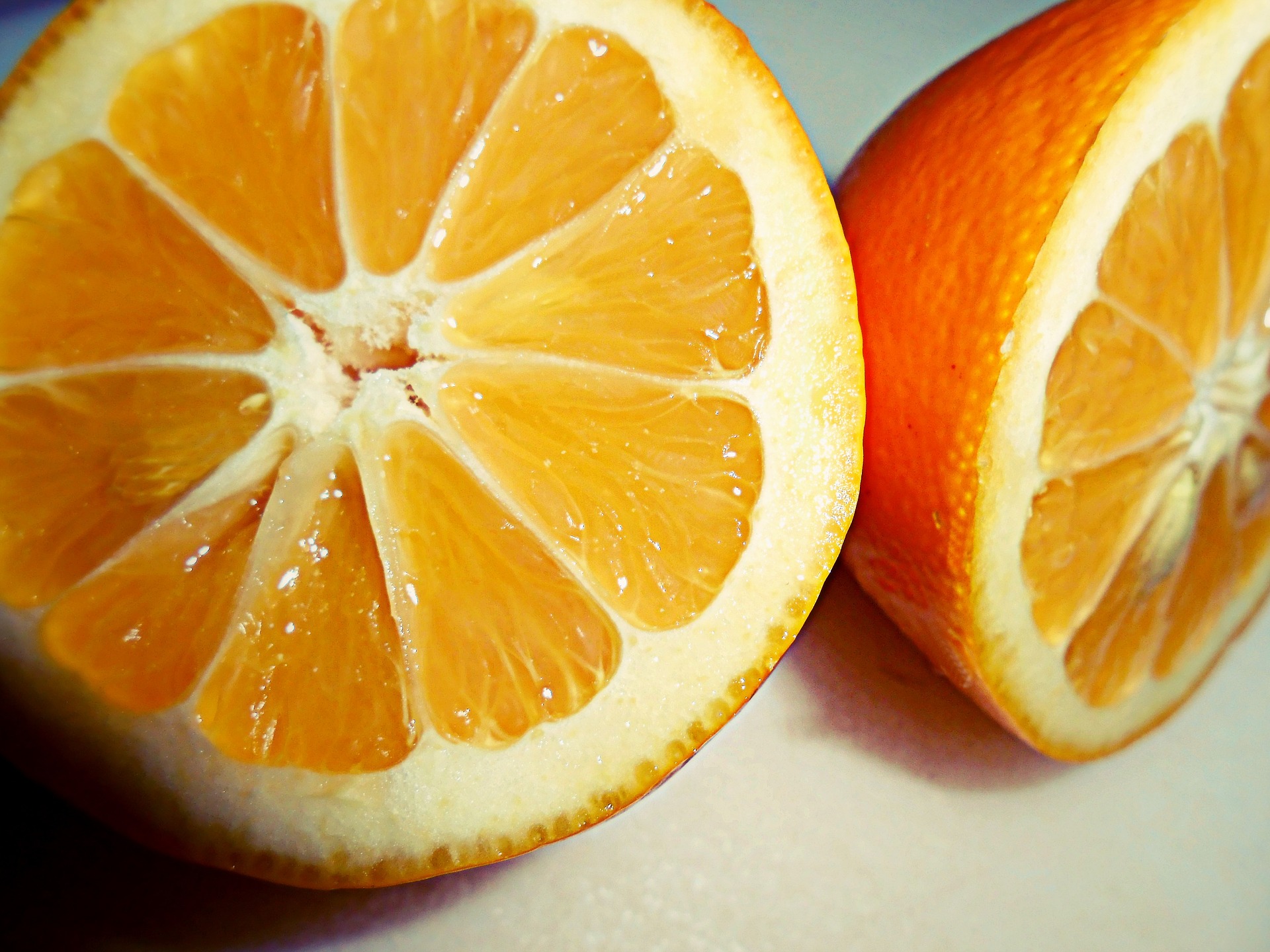The difference between lemons and Meyer lemons – this one surprised me.

I thought of this Difference Between from my preserved lemons I gave out last Christmas. Many recipes I read recommended Meyer lemons, if available; I never saw Meyer lemons in the store.
Now I know why.
Meyer lemons were discovered by an “agricultural explorer,” Frank N. Meyer, who was in Asia specifically looking for new plant species.
A Meyer lemon is a lemon crossed with a Mandarin orange.
Specifically, Meyer lemons are believed to be a cross between the Mandarin orange and either a Eureka or Lisbon lemon, which are the most common types of true lemons.
It’s not surprising then with their Mandarin orange parent, when compared to “real” or true lemons, Meyer lemons are sweeter, less tart and less acidic, and have a deeper, golden color.
They also have a thin, edible peel, completely different from the bitter white membrane that makes up the majority of a regular lemon peel. And, they have a pleasantly floral scent.
I’m not surprised they’re recommended for preserved lemons – one of the major appeals of preserved lemons is that they provide the lemon flavor you’re looking for without all the tartness. Obviously, Meyer lemons are already naturally less acidic.
When brought over from China in the early 1900s, Meyer lemon trees were planted in California, Texas, and Florida. They made popular backyard trees.
Somewhere between the 1940s and 1970s, it was discovered Meyer lemon trees were symptom-free carriers of a deadly virus affecting citrus fruit trees. Most trees were destroyed to protect the entirety of the citrus industry.
Fortunately, at least one strain was saved, and in the mid 1970s an “Improved Meyer” lemon tree flourished, and still does today.
But, here is the main thing about Meyer lemons: they’re fragile and don’t ship well.
This is the main reason they aren’t more popular today; they’re never going to be able to be available in commercial grocery stores. And clearly, they can only be grown in certain climates.
Martha Stewart is credited with accelerating the popularity of Meyer lemons by using them in some recipes, but for the most part, they’re still largely unknown in the culinary world.
If you are lucky enough to live where Meyer lemons can grow, try finding them at specialty grocery stores, or possibly even from a grower himself. You might have buy in bulk if you go straight to the source, but I think it’s a safe bet – preserved lemons keep for a year in the fridge, and can be added to so many dishes.
BakingBites.com has info on swapping out lemons and Meyer lemons in recipes here.
And, here’s 100 things you can do with Meyer lemons. Enjoy if you can.
Comments
4 responses to “Difference between: lemons and Meyer lemons”
I’m hungry for a lemon! Who would have thought!?
Hi Erin,
I’ve seen Meyer lemons in my local Hannaford. They are, of course, more expensive.
Good to know – thanks!
Thank you for the source.